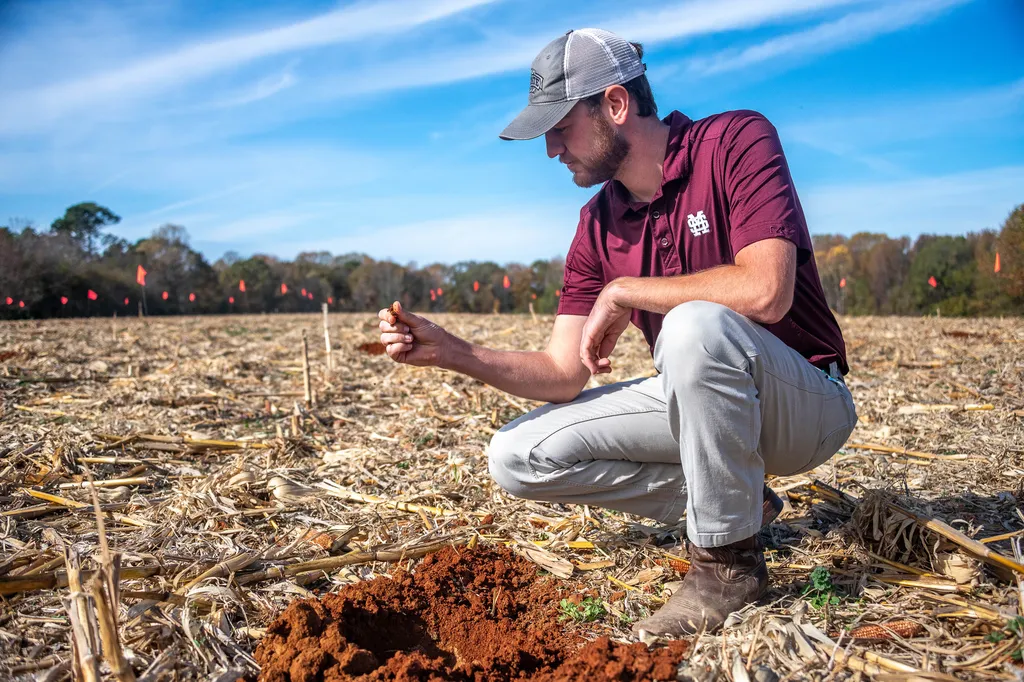In the heart of India’s sesame-growing regions, a pressing agricultural challenge has sparked a scientific quest that could reshape the future of this vital crop. Powdery mildew, a fungal disease, has long been a bane for sesame farmers, capable of slashing yields by up to 50% in conditions of high rainfall, humidity, and low night temperatures. Traditional management methods, such as sulphur dusting and chemical applications, have provided some relief, but they are not always reliable or sustainable. Enter P. Venkata Ramana Rao, a researcher from the Andhra Pradesh Rice Research Institute & Regional Agricultural Research Station, ANGRAU, who has taken a deep dive into the inheritance of powdery mildew resistance in sesame, publishing his findings in the ‘International Journal of Bio-Resource and Stress Management’.
Rao’s review underscores the critical need for host plant resistance as a pragmatic approach to managing powdery mildew. “Identifying sources of resistance and understanding their inheritance patterns is essential for developing resistant or tolerant varieties and hybrids,” Rao emphasizes. This knowledge could be a game-changer for sesame farmers, particularly in regions where the disease occurs on an epidemic scale.
The commercial impacts of this research are substantial. Sesame is a cash crop for many farmers, and powdery mildew can significantly dent their incomes. By developing resistant varieties, farmers could reduce their reliance on chemical treatments, lower production costs, and potentially increase yields. This would not only boost farmers’ livelihoods but also contribute to food security and economic stability in sesame-growing regions.
However, the journey is not without its hurdles. Rao points out that reliable screening procedures for powdery mildew resistance are currently lacking. Moreover, while wild sesame species like Sesamum malabaricum, Sesamum mulayanum, and Sesamum prostratum exhibit tolerance to the disease, translating this natural resistance into commercial varieties has proven challenging.
To overcome these obstacles, Rao advocates for the use of advanced technologies, such as molecular markers. These tools can help map resistance or tolerance genes, providing a valuable shortcut for breeders. “Using molecular markers will be a prerequisite for our breeding programs,” Rao notes. This approach could accelerate the development of powdery mildew-resistant sesame varieties, bringing much-needed relief to farmers.
The implications of Rao’s research extend beyond sesame. The strategies and technologies he discusses could be applied to other crops facing similar challenges. As such, his work is not just a beacon of hope for sesame farmers but also a testament to the power of scientific innovation in agriculture.
In the coming years, as researchers build on Rao’s findings, we may see a new generation of sesame varieties that are not only resistant to powdery mildew but also tailored to the specific needs of farmers. This could herald a new era of productivity, sustainability, and prosperity for the sesame industry, demonstrating once again that the seeds of change often lie in the soil of scientific inquiry.

